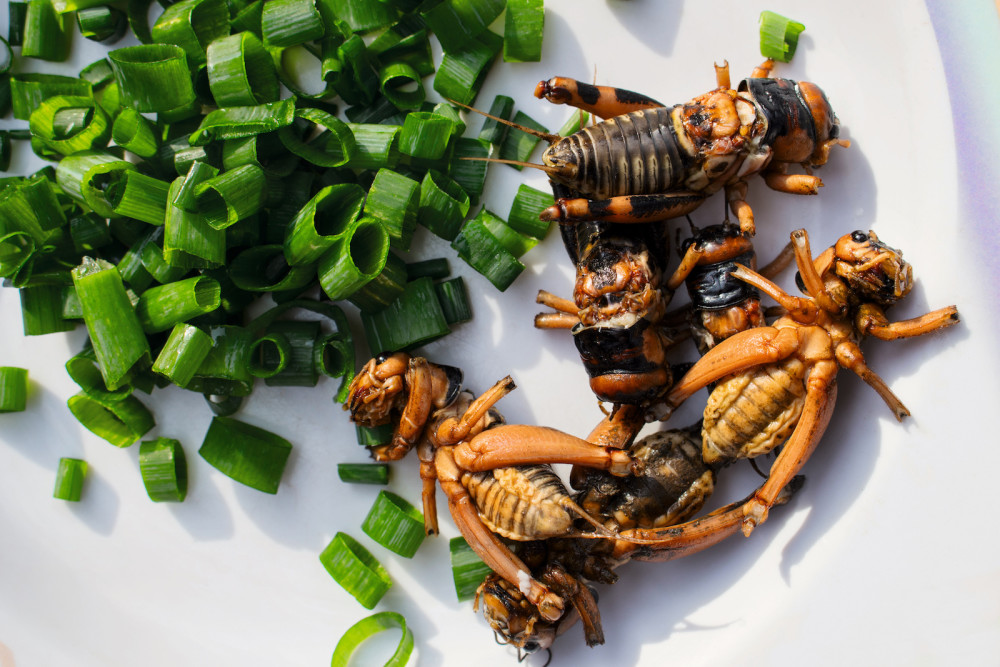Introduction
Believe it or not, insects are a great way to improve your diet while also bringing down the effects of global warming. More than 2 billion people - or a quarter of the world’s population - eat insects as part of their daily diet. The UN actually recommends that the Western world should start eating more insects, as this could help to reduce pollution and curb world hunger.
Meats are all really enjoyable foods to eat and will probably always be consumed. However, as the world starts to look to ways to reduce global emissions, is it time to start looking at ways to improve our diet and put less pressure on the climate?
Below I will discuss some of the reasons in favour of entomophagy (eating insects).


